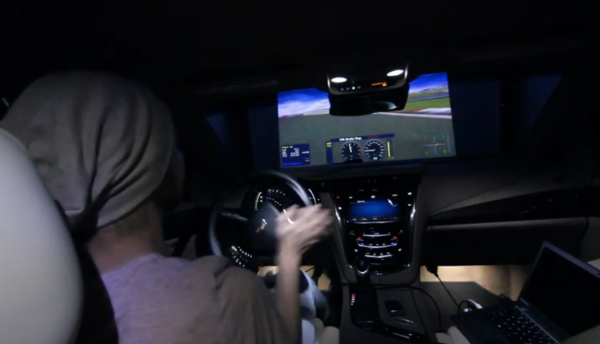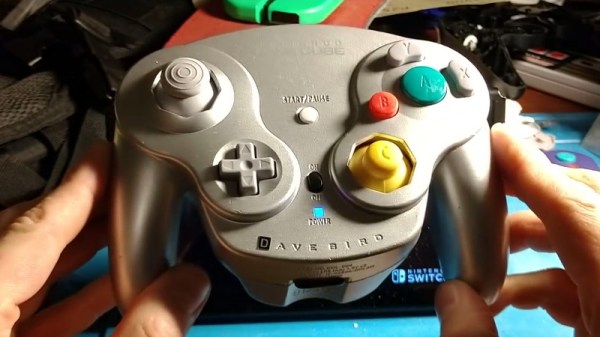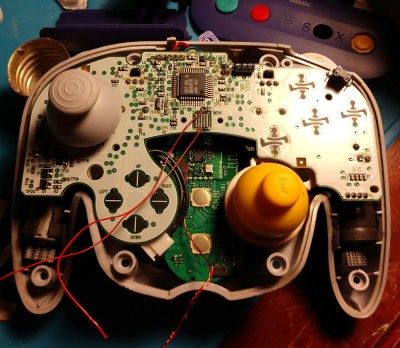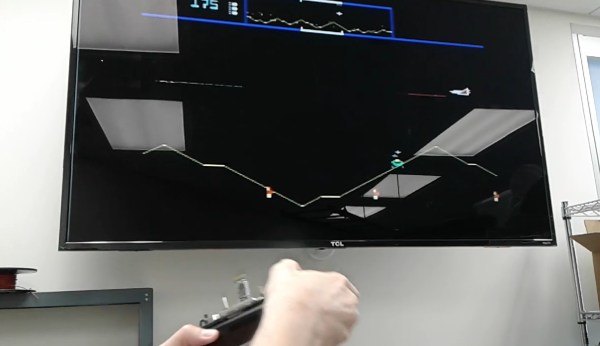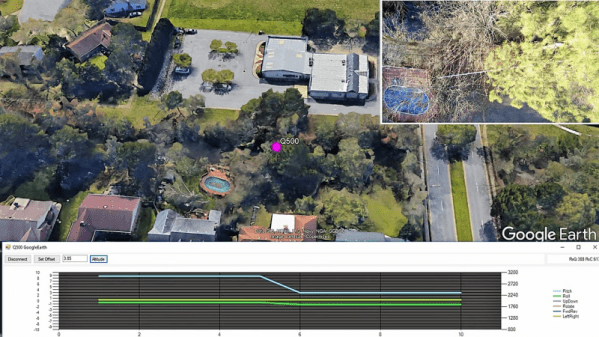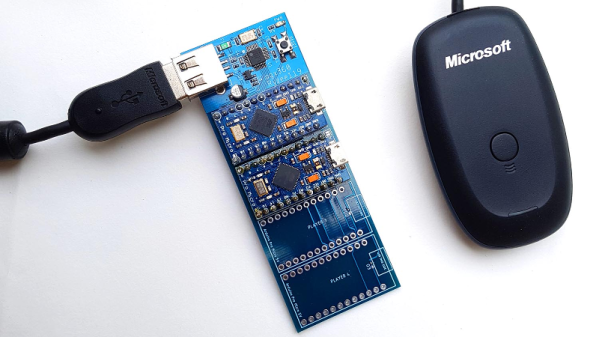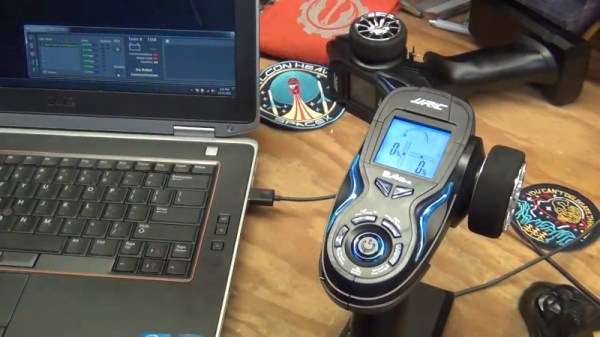Video games, while entertaining to be sure, are a great way to experience things that could not easily be recreated in real life. Shooting aliens on a giant ring in space is an obvious example, but there are some more realistic examples that video games make much more accessible, such as driving a race car. You can make that experience as realistic as you want, too, and can even go as far as using a real car as your controller.
All modern cars use a communication system to allow their various modules to talk to one another. Fuel injection, throttle position, pedal positions, steering wheel angle, and climate control systems can all communicate on the CAN bus, and by tapping into that information the car can be used as a controller for a video game. Once you plug in to the OBD-II port on a car, you’ll need a piece of software to decode all of that information. [Andrew] uses uinput, a tool that allows Linux machines to take any input signal and map it in any way that can be programmed.
The build also includes the use of an integrated pico projector, allowing the car to be parked and turned into a simulator at any time. It’s similar to another project which used a Mazda instead of a Chevrolet Volt, but it just goes to show how straightforward it can be to take information from the CAN bus of a modern car.

